5 Historical City Projects that Could Have Used a Hydrovac
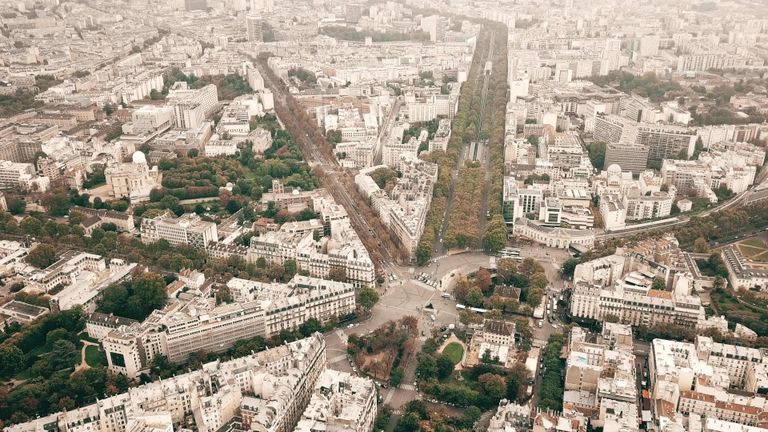
Oftentimes, examining the past is a mindblowing experience. It can be tough to wrap our heads around how things got done without the advanced technology of today. When looking back on some of the most famous municipal projects of the past, for instance, it’s easy to identify a major missing piece: hydrovacs.
These utility trucks, equipped with a powerful vacuum system and capable of spraying high-pressure water and vacuuming debris, would have been highly advantageous for several of history’s largest city projects. Continue reading to learn about a few examples where significant projects would have benefited from the presence of hydrovacs.
1. New York City subway system
When you think of New York City, you might picture Broadway or the dazzling lights of Times Square. For everyday New Yorkers, however, the city’s infrastructure is every bit as important as its sensational tourist traps. It’s difficult to imagine New York City without its subway system, but this huge undertaking didn’t actually kick off until 1900.
The goal was simple: create a more efficient system of travel, drastically cutting down commute times for busy New Yorkers. Before subways, getting from one part of the booming city to another sometimes took hours. To pull off a subway system as extensive as New York City’s, workers had to build 21 miles worth of tunnels and 58 miles of tracks.
Unfortunately for these hardworking employees, the first Hydro Excavation machine wasn’t built until 1969.
In the case of the NYC subway system, hydrovacs would have improved more than just efficiency. Digging to construct the subway system meant navigating sewer lines, water mains, and more utility equipment already installed underground. Before hydrovacs, workers dealt with dangerous incidents like cave-ins and accidentally striking utility lines. Hydrovacs work with unparalleled exactness, meaning they could have dug near New York City’s utility lines without hitting or damaging them. Hydrovacs not only make work safer, they also reduce costly delays due to damage.
This capability still comes into play today when hydrovacs are used to uncover and repair underground utilities. If the New York City subways were being built in this century, we’re sure hydrovacs would play a role in their construction.
2. Roman aqueducts
Known for its unique architecture and iconic landmarks, the city of Rome has a rich history filled with some of the world’s oldest and most renowned city projects.
One key example of these projects is Rome’s aqueducts, a series of underground tunnels, large arches, and open channels—some of which still function today! Constructed between 312 B.C.E. and C.E. 226, these elaborate systems stretched for miles and delivered potable water to towns and cities throughout the area.
Roman aqueducts are nothing short of structural feats, sometimes supplying freshwater to people over 90 miles away, but even their impressive construction could have been improved with modern hydrovacs.
Though hydrovacs are large pieces of equipment, they’re actually capable of surprising precision. They demonstrate this in the modern day with tasks like soil trenching, and we’re positive they would have been a welcome addition to the Roman aqueduct project. By spraying high-pressure water into tight spaces, hydrovacs could have helped with the delicate process of underground tunnel-digging. This would have been far more efficient than using chisels or picks to form narrow passageways.
Hydrovacs are also equipped with tanks (generally about 12 cubic yards wide), so ancient Romans could have easily sucked up any mess left behind. Hydrovacs use powerful water to break the surface of frozen ground, allowing workers to continue daily operations even in cold temperatures. Using pressurized water like a giant Waterpik, hydrovacs could have made the aqueduct project faster and safer.
3. The Great Wall of China
When discussing large-scale city projects, we’d be remiss not to mention the Great Wall of China. Still standing strong in China today, the world-famous Great Wall is over 13,000 miles long and stretches through several areas in the northern part of the country. Though we now know the wall as a popular tourist destination, it was once nothing more than a concept. First started as far back as the 7th century BC, the Great Wall was built over many centuries and under the rule of several different leaders. Because this wall was built to protect the Chinese empire from Northern attacks, solid construction was a must.
Had hydrovacs been around at the time this project started, we suspect it may have taken a little less than 2,000 years to complete. How would hydrovacs have lent a hand? Well, they would have done one of the things they’re best at—digging large trenches in record time.
When creating the wall’s foundation, workers could have dug far faster with hydrovacs on their team. These trucks have a reputation for efficiency, and their powerful jets of water would have moved the job along more quickly than spades and shovels. This ability to excavate is exactly why hydrovacs are often used for landscaping projects in the modern era.
4. Paris catacombs
To hear many Parisians tell it today, the catacombs that lie beneath their city are haunted. Though we can’t confirm any eerie sounds or freaky sightings, we do know a thing or two about how and why Paris’s catacombs came to be.
In the 1700s, citizens of Paris encountered a rather macabre problem: their city’s primary burial site, Holy Innocents' Cemetery, was becoming overcrowded. In an effort to combat this, people began the process of transporting bodies. Where were these corpses going, you ask? Down into the city’s catacombs, a network of underground tunnels that soon housed the remains of millions.
These catacombs were once limestone quarries, and limestone and earth needed to be removed before any cadavers were introduced. This is where hydrovacs would have come in handy. It was important to empty the quarries of soil and limestone, but it was equally important to keep the surrounding structure intact.
Using their characteristic precision, hydrovacs could have sprayed water and excavated the catacombs with more delicacy than traditional methods like shovels. The precision of hydrovacs would have also decreased the risk of damaging or destroying artifacts and skeletal remains found beneath the Earth.
5. Venice canals
For visitors to Venice, Italy, hopping in a gondola ride is practically a must. There are hundreds of gondolas operating today, and this unique travel experience wouldn’t be possible without the city’s canals. Sometimes called the “Floating City”, Venice is made up of islands, bridges, and canals. Most of these canals were first built between the 13th and 18th centuries, and the process would have undoubtedly been smoother had workers had access to hydrovacs.
At the time, dredging Venice’s canals was difficult to pull off without disturbing the surrounding area. If the same project happened today, hydrovacs could spray a precise stream of water and carefully excavate sediment without damaging the city’s foundation. Then, once the canals were carved out, hydrovacs would suck up the remaining slurry and clean up quickly. To put it simply, a modern-day version of this project would have gone by more quickly and with a lot less mess.
Dig deep with Summit Truck Equipment
Unlike the workers who took part in these historical projects, you can invest in a hydrovac when you need to do some serious digging. Whether you need a single hydrovac or a whole fleet, you can check out the high-quality hydrovac trucks available on our website or stop by one of our locations today for a better look.
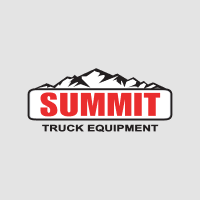






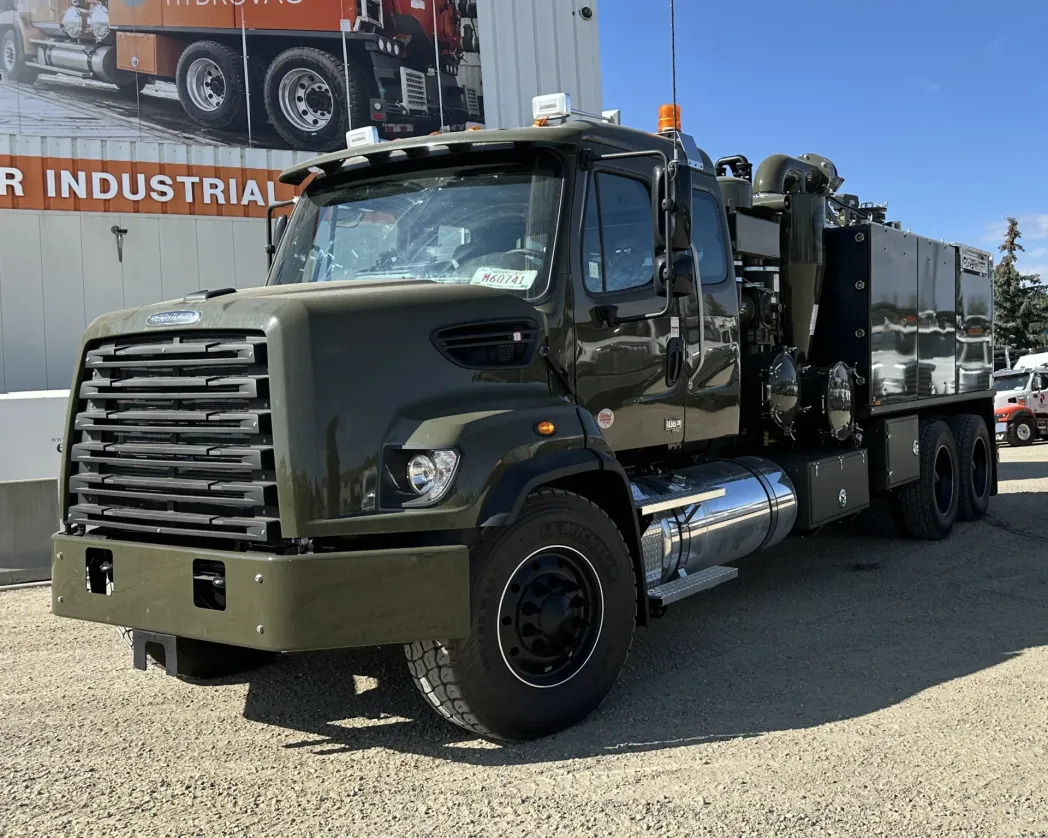

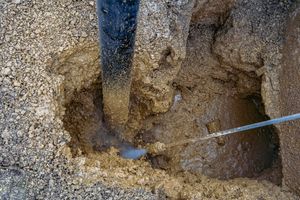

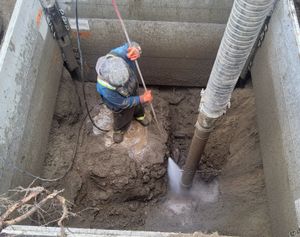
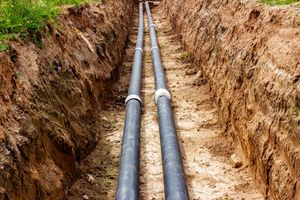



Share
Email
Facebook
SMS
Twitter